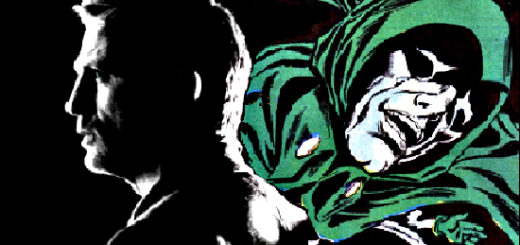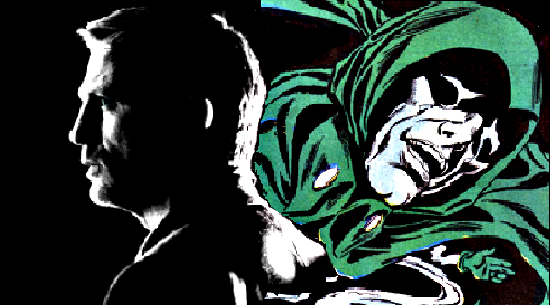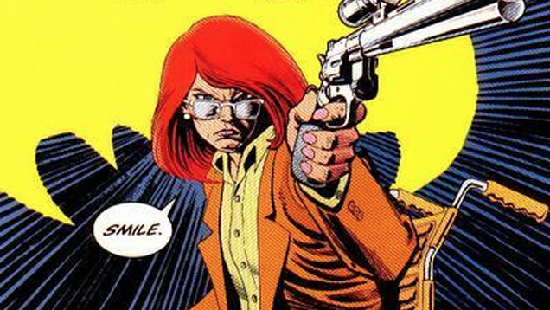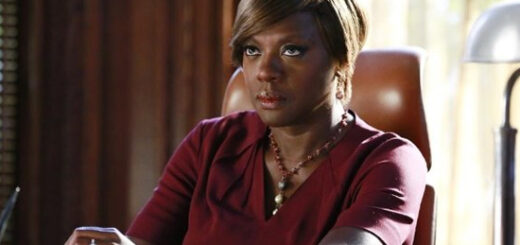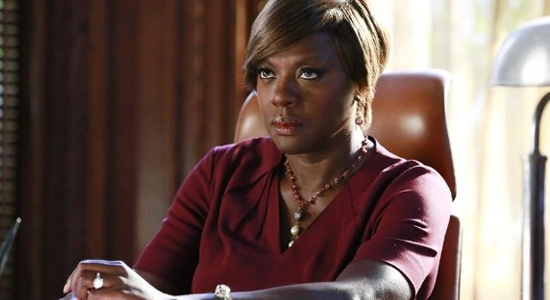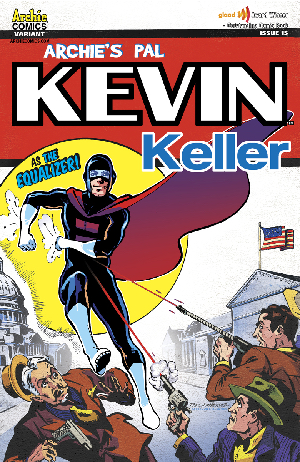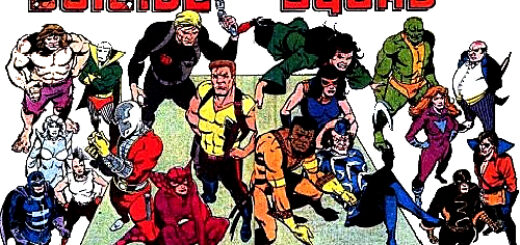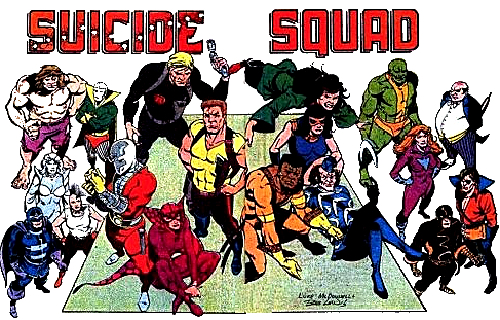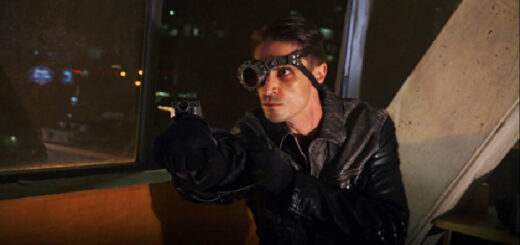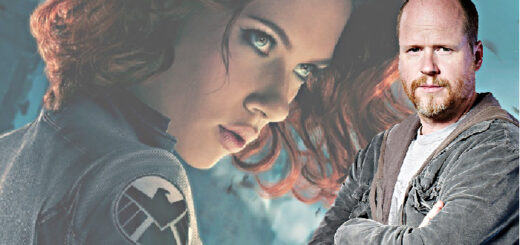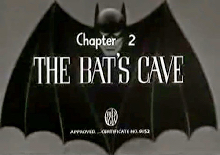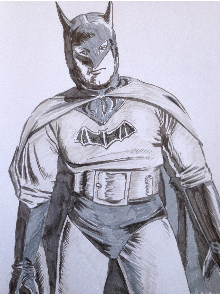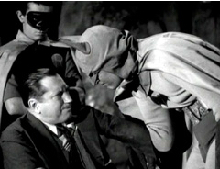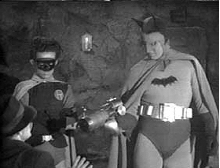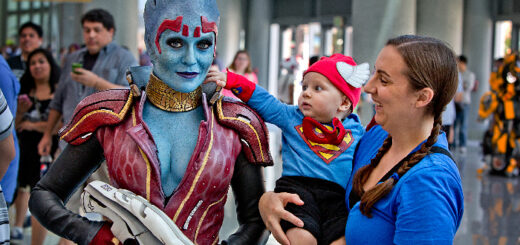John Ostrander’s Big Coming Attractions
Having written last week about the movies I saw this last summer and really enjoyed, I might as well this week talk about what’s coming up in the movie theaters between now and the end of the year. Which ones look interesting and which ones I’m really looking forward to.
The latter is the easiest to identify – Star Wars Episode VII, The Force Awakens – and the next entry in the James Bond saga, Spectre.
Star Wars is a gimme. I’ve been a Star Wars fans for a loooooong time and I labored in George Lucas’s vineyard for about ten years, doing a passel of comics. Yes, those are now in the process of being taken out of continuity but, OTOH, they were never A Canon, which meant Lucas could disregard them at any moment.
The Force Awakens is going to do what I really wanted after Episode VI came out – it’s going to tell me what happened next. When I really like a story, that’s always what I want – what happened next. GL decided to go back and do a prequel about how we got to the start of Star Wars. Okay, that’s what interested him but not me so much.
Oh, and he dicked around with the whole “Did Han shoot first?” question. It was never a question until Lucas dicked around with it: Han shot first. Why he needed to dick around with that, I don’t know. His first answer was the correct one. However, I’m wandering off topic.
How interested I will continue to be with the Star Wars franchise will depend on this next movie, but there is no question I’m going to see Episode VII.
The other big film in the fall season is the next James Bond movie, Spectre. I’ve become a big fan of Daniel Craig as Bond; in fact, I will go so far as to speak heresy and say he is now my favorite Bond. (I hereby apologize to my buddy, Kevin Hatch, but there it is.) The last Bond film, Skyfall, cemented that for me. The director on that, Sam Mendes, is back with Craig for Spectre which evokes the organization that was Bond’s usual Big Bad. This might be Craig’s last outing as Bond and, if so, will make it all bittersweet but also something I absolutely must see.
There are other films that have attracted my attention for one reason or another. None of them are anticipated with quite the same fervor for me of the Star Wars and the Bond entries but they have caught my eye. The ads for The Intern look interesting. Anne Hathaway with Robert De Niro as a widower/retiree who becomes her intern on her company. The two seem to play together well and it looks entertaining.
Black Mass looks as if Johnny Depp has remembered he can act instead of just messing around and that interests me. The Martian has Ridley Scott doing sci/fi again with Matt Damon as his lead. That’s a combination I find attractive. Likewise, Bridge Of Spies has Steven Spielberg directing Tom Hanks in a spy story. I could go for that.
Carol, with Todd Haynes directing Cate Blanchett and Rooney Mare, in a 1950s piece by Patricia Highsmith about a lesbian romance. Doesn’t sound like my usual cup of tea but the combination of story and artists makes it intriguing. I wish I could say I was chomping at the bit to see The Hunger Games: Mockingjay – Part 2 but I haven’t seen Part 1 yet so it’s not high on my must-see list. Trumbo, on the other hand, is about the famed screenwriter blacklisted in the 50s for (allegedly) being a Communist sympathizer and that one I do want to see. There’s also a version of Frankenstein coming out with James McEvoy and Daniel Radcliffe that seems to be calling to me. Maybe. I want to see some reviews first.
Tina Fey and Amy Poehler are doing Sisters and the title and those two actresses are enough to catch my attention. Oliver Stone is directing Jason Gordon-Levitt in Snowden, the story of the NSA whistleblower Edward Snowden. Could be interesting.
And that brings us to the end of the year and the dawn of 2016 and the film I really want to see next year is, of course, Suicide Squad. However, I’ll try not to get ahead of myself.
There may be other films that I discover as we go along. Some I won’t need to see on the big screen; some will work just as well on my TV. Some will be disappointments, some will be surprises. And your list may vary.
In the meantime, I’m popping the popcorn.

